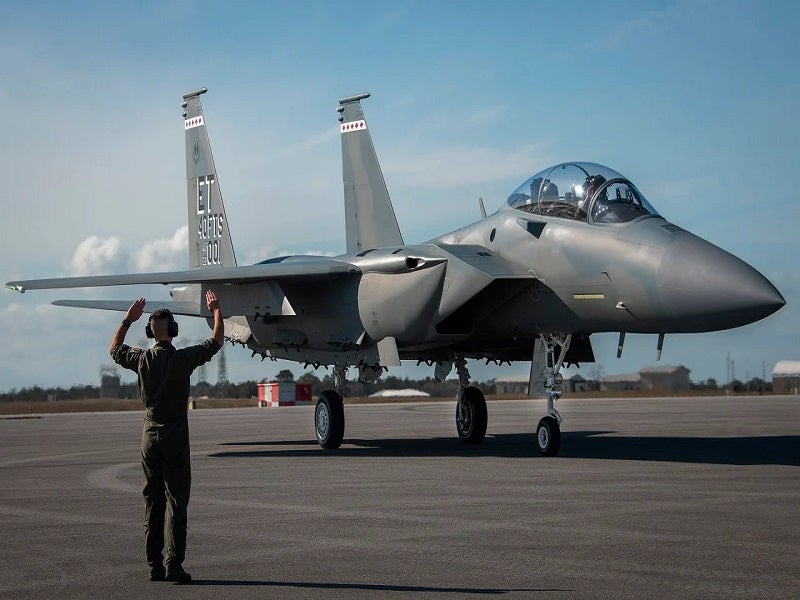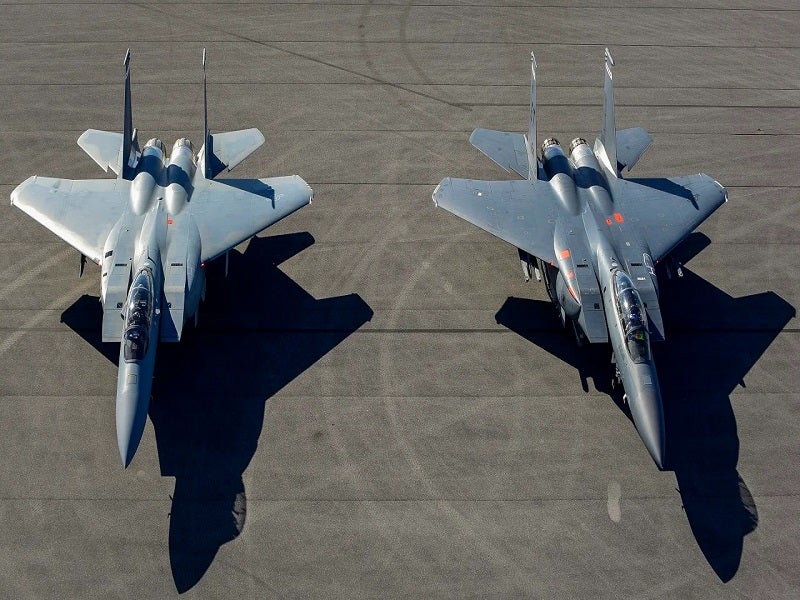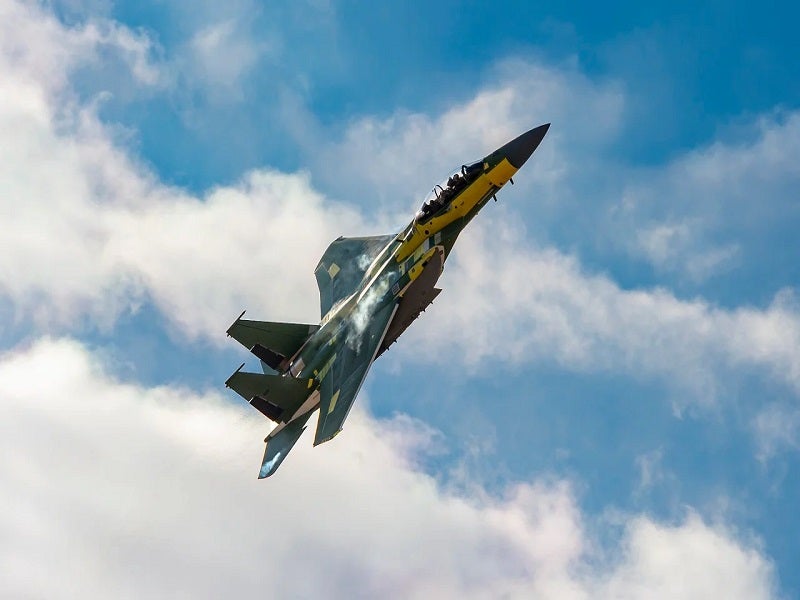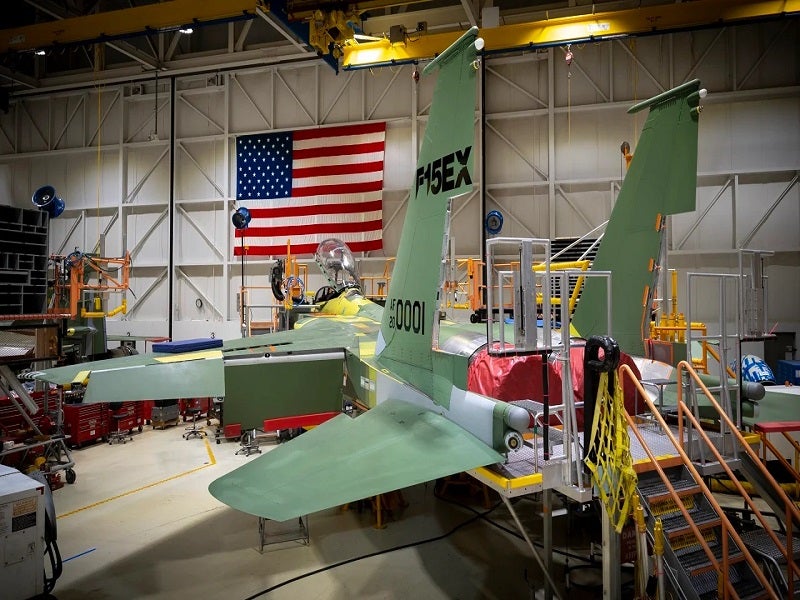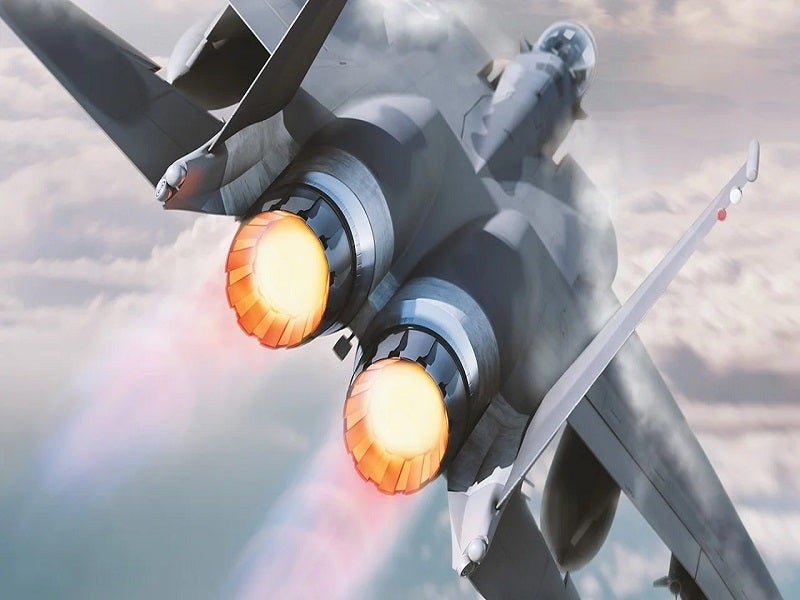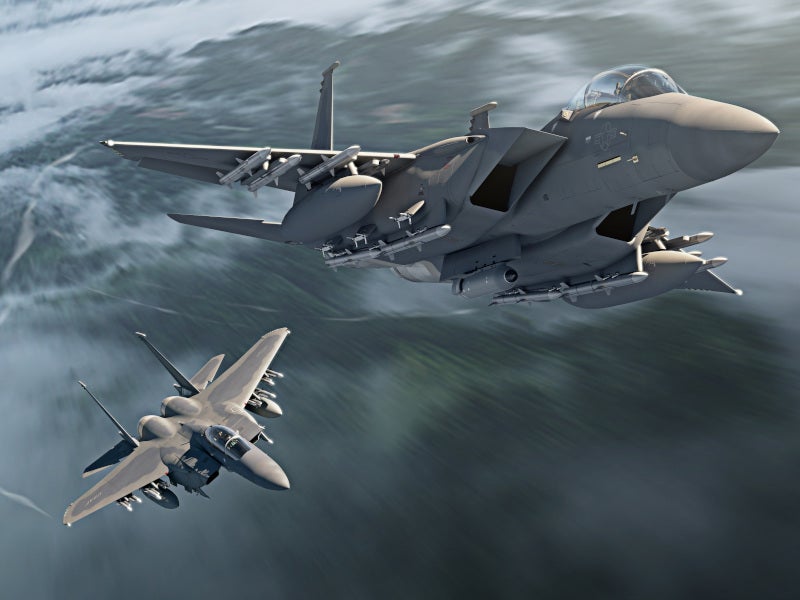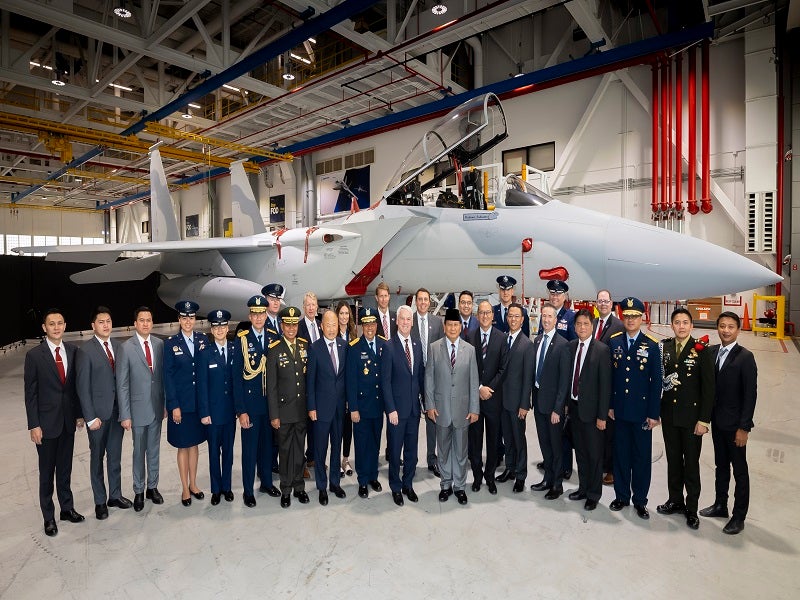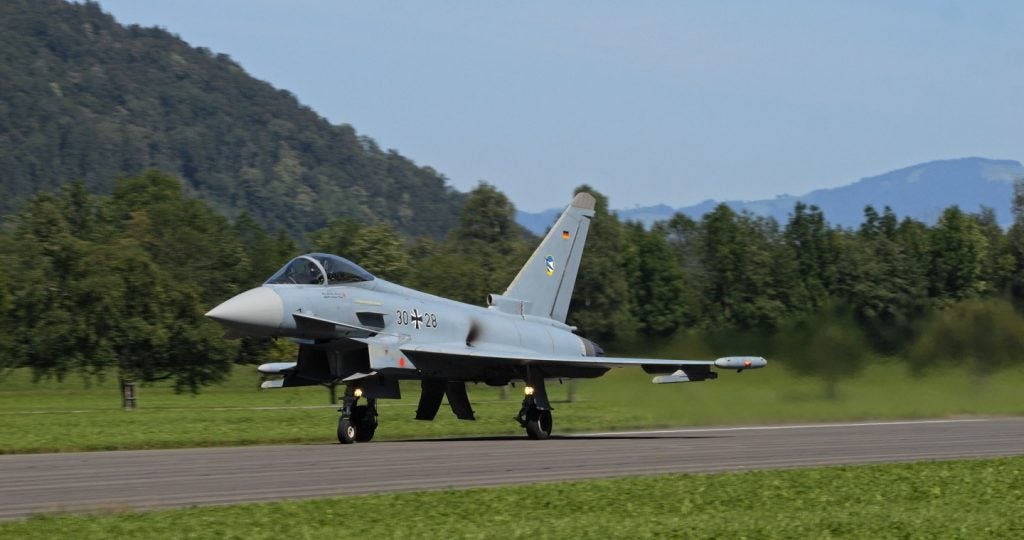The F-15EX – the Eagle II is a next-generation fighter aircraft developed by aerospace and defence company Boeing for the US Air Force (USAF).
It is the latest iteration of the F-15 Eagle Mission Design Series and an upgraded version of the fourth-generation F-15 fighter jet.
The new fighter is the most advanced variant of the multirole, all-weather, and day and night versions of the F-15 aircraft family, featuring affordability, speed, range, heavy-weapon payload capacity, digital backbone, and open architecture.
The F-15EX provides the capability to carry a large number of missiles in support of the F-35 aircraft and to provide firepower for destroying threats detected by the F-35 during combat operations.
The USAF completed the initial operational test and evaluation for the Eagle Passive Active Warning Survivability System (EPAWSS) in April 2024.
EPAWSS delivers vital electronic warfare (EW) capabilities to both the F-15E Strike Eagle and F-15EX Eagle II aircraft.
F-15EX development and delivery details
The process for acquiring the F-15EX aircraft began in February 2019.
The F-15EX programme was approved under the National Defense Authorization Act for financial year 2020, which was signed in December 2019.
The programme of record includes the purchase of eight F-15EX aircraft in the first lot, with plans to purchase at least 144 units to replace the Oregon Air National Guard’s ageing F-15C/D fleet and refresh the existing F-15 fleet in the future.
Boeing secured a $1.2bn contract to produce the first batch of eight F-15EX advanced fighter aircraft in July 2020. The company is responsible for providing design, development, integration, manufacturing, testing, verification, certification, delivery, sustainment, and modification services for the aircraft.
The aircraft is manufactured at the Boeing F-15 production facility in St. Louis, Missouri, US.
The first F110-GE-129 engine for the aircraft was delivered to the USAF in September 2020.
The maiden flight of the fighter jet was performed in February 2021 while the USAF officially accepted the first F-15EX, the Eagle II, from Boeing in March 2021.
The aircraft left Boeing’s facility in St. Louis and arrived at the Eglin Air Force Base (AFB) in Florida to undergo combined developmental and operational tests.
The integrated testing focused on meeting the test objectives and identifying any system issues for rectification before production ramp-up and delivery.
The aircraft underwent acoustic testing in November 2022.
The tests included ground testing at idle conditions, with the engines running, and during the flight. The data from the tests are used to update noise level predictions and models in areas where the aircraft will be stationed and operated.
In January 2023, two F-15EX demonstrated an expanded missile carriage capacity of 12 air-to-air missiles, compared to the eight air-to-air missile capacity of the standard F-15 aircraft.
The two aircraft successfully launched missiles from missile stations designated as Station 1 and Station 9 in a test conducted to validate the safe launch capability of the missiles from these stations.
In December 2023, Eglin AFB received the two F-15EX Eagle II aircraft named EX3 and EX4.
Design and features of the F-15EX fighter jet
The advanced two-seater fighter jet has a length of 19.45m, a width of 13.05m, and a height of 5.64m. It has an empty weight of 14,500kg while the maximum take-off weight of the aircraft is 37,000kg.
It can launch hypersonic weapons up to 22ft long, providing an advantage in future near-peer conflicts. The aircraft can be operated by a single pilot and has a payload capacity of 13,300kg.
The jet is installed with a new EW system, advanced cockpit systems, modern sensors and radars, and the latest mission systems and software capabilities.
It features an open mission systems (OMS) architecture with advanced battle management systems, enabling the rapid integration of the latest aircraft technologies and ensuring the relevance of the platform for many decades.
The OMS provides the capability to operate independently when isolated and to reconnect to the global cloud network when conditions allow.
The aircraft is installed with fly-by-wire flight controls and the APG-82(V)1 active electronically scanned array (AESA) radar, which offers extended range and improved multitarget track and precision engagement capabilities.
The radar provides the ability to detect, identify and track multiple air and surface targets at longer standoff ranges, supporting informed and faster decision-making during conflicts.
Engine and performance of the F-15EX
The F-15EX fighter jet is powered by two F110-GE-129 engines, with each generating a thrust of 29,000lb.
The aircraft can fly at a speed of Mach 2.5, which makes it the world’s fastest fighter jet. It has a range of 1,200nm, allowing it to strike deep targets.
Contractors involved
GE Aviation received a lot one contract from the Air Force Life Cycle Management Center to develop 19 F110-GE-129 engines for the F-15EX aircraft in June 2020.
The contract also includes the installation and supply of spare components and advanced engine monitoring system computers.
In October 2021, GE secured a firm-fixed-price contract worth $1.58bn from the USAF to provide F110 engines for the aircraft.
Boeing selected Raytheon Intelligence & Space (RI&S) to supply the APG-82(V)1 AESA radar for the F-15EX fighter aircraft in October 2020.
RI&S provided eight radar systems under the contract.
F-15EX fighter jet orders
Boeing received a licence from the US Government to provide F-15EX aircraft to the Indian Air Force in January 2021.
The US State Department approved a $13.9bn deal to sell 36 F-15EX to Indonesia in February 2022.
Indonesia and Boeing confirmed their plans to conclude the sale of 24 F-15EX aircraft to Indonesia in August 2023.
In September 2023, Boeing exhibited the F-15EX fighter aircraft to Poland as a potential offering under the US Department of Defense foreign military sales programme.

